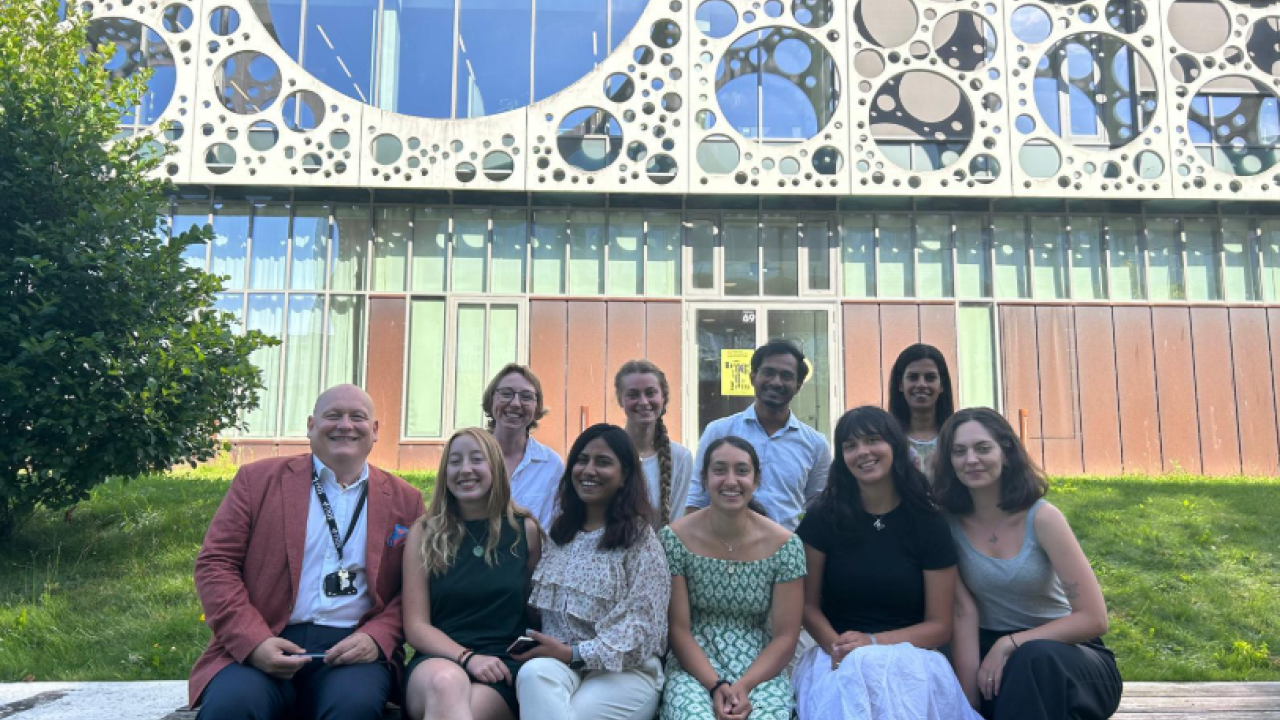
Understanding Climate Action Planning using a Systems Approach
A Case Study of Singapore
My trip to Denmark lasted 3 weeks - I attended summer school at the University of Southern Denmark (SDU) for the first two weeks, spent half a week on a cultural tour of Denmark and finally half a week attending Klimatorium, a national climate summit in rural Denmark.
The ‘Cities and Climate Change’ summer school program at SDU aimed to introduce a broader, more holistic view of so-called ‘wicked’ problems - problems which are complex and intertwined socially and culturally and that do not have traditional ‘solutions’. Through a case study approach where groups of 5-6 students picked and worked with a city, the instructors helped us understand the fundamentals of system mapping, stakeholder analysis, scenario planning and best practices for urban resilience. My group chose to work with Singapore due to its unique feature of being a city and a country and our work focussed on figuring out how Singapore can be water independent, have sufficient housing and be climate neutral within the next 2 decades.
Describing why dealing with the frustration of trying to solve system level problems, Nicola Tollin said, "When addressing wicked problems, the approach we take is often more crucial than the solution itself. It's about understanding complexities, engaging diverse perspectives, and being adaptable to change." Our instructor, Masoumeh Mirsafa, encouraged us to look beyond traditional infrastructure and into nature based solutions for our cities, saying, "Nature-based solutions in city planning offer a dual benefit: they enhance the environment by restoring ecosystems and provide healthier, more vibrant spaces for people to live, work, and thrive."
Find my group’s presentation here!
